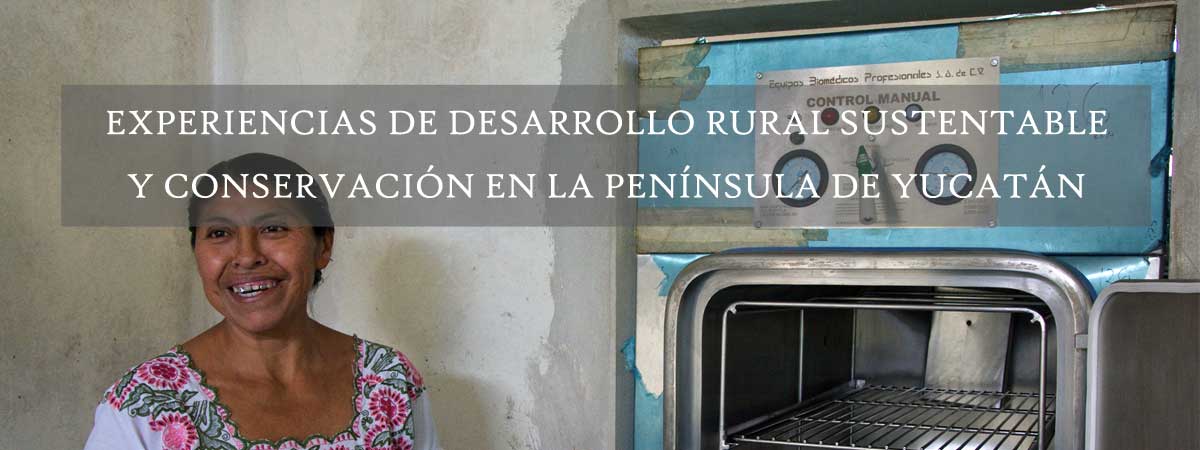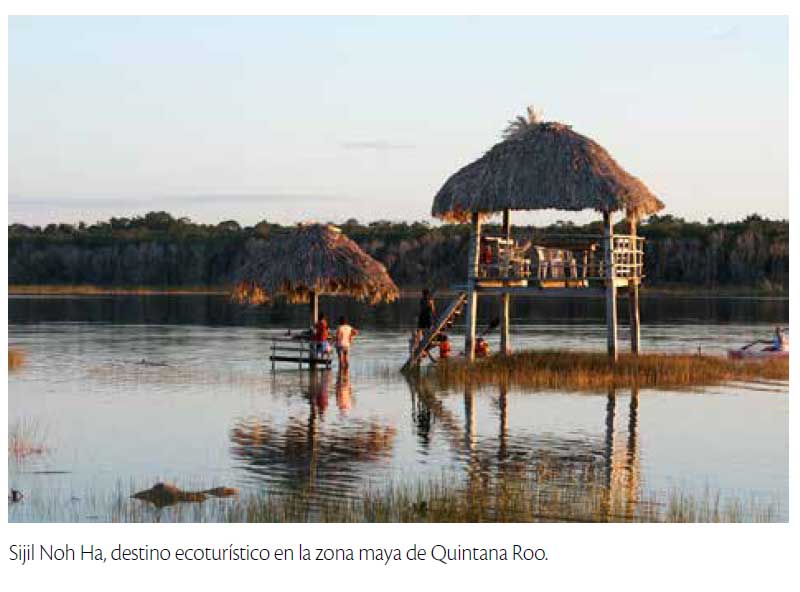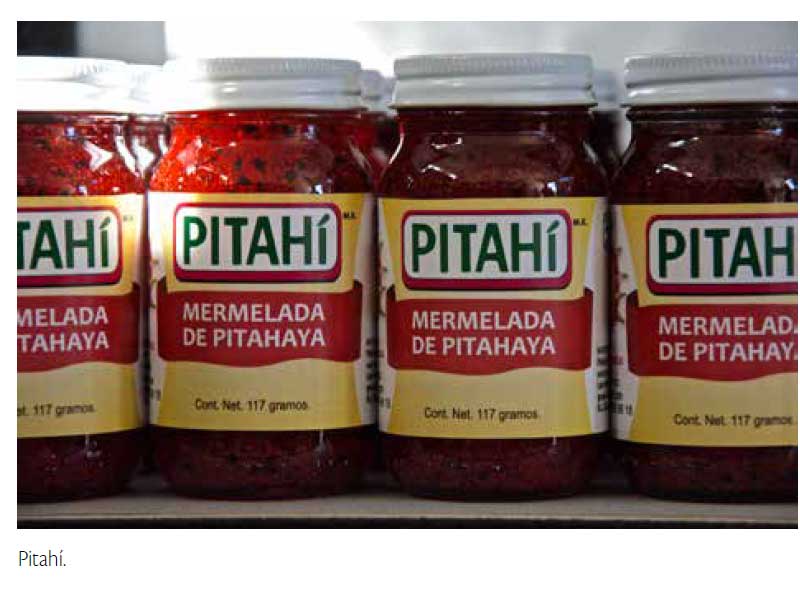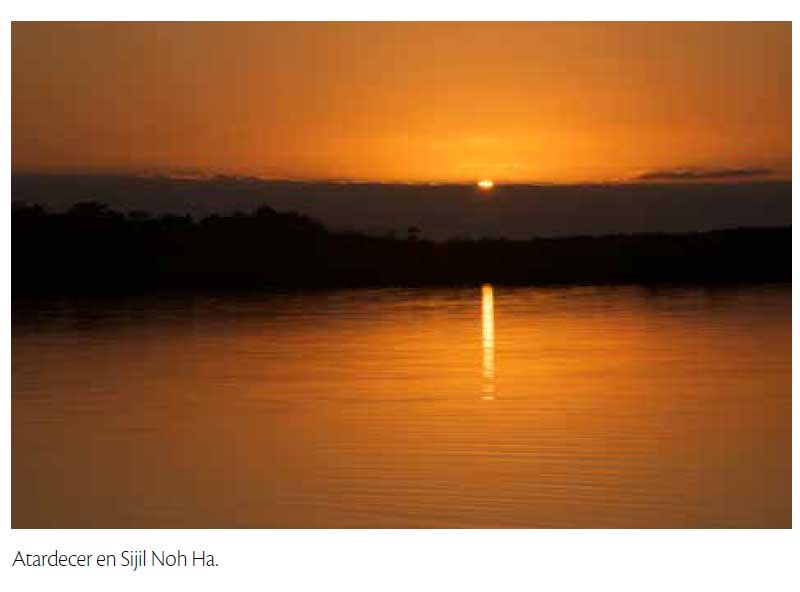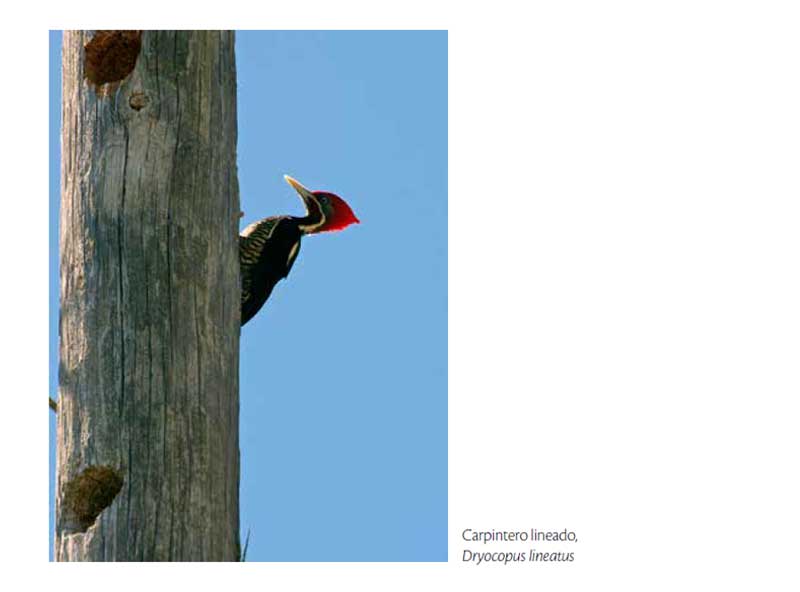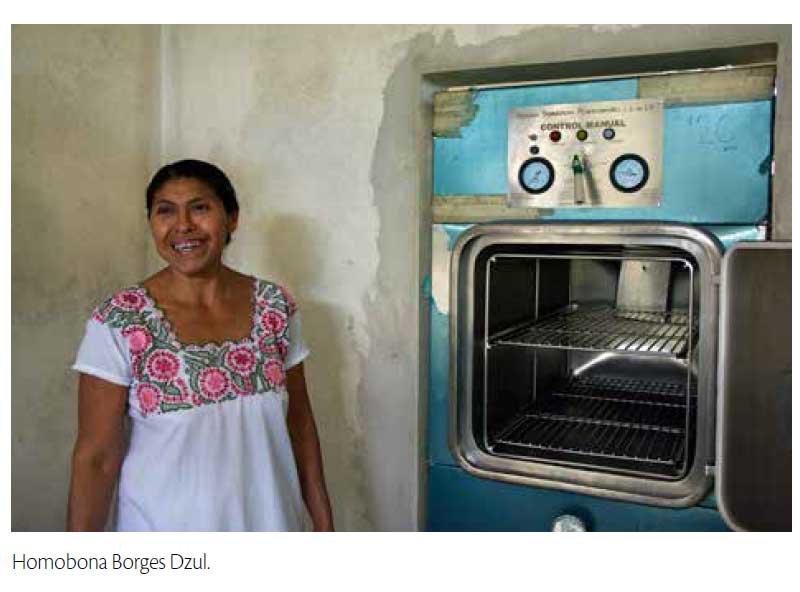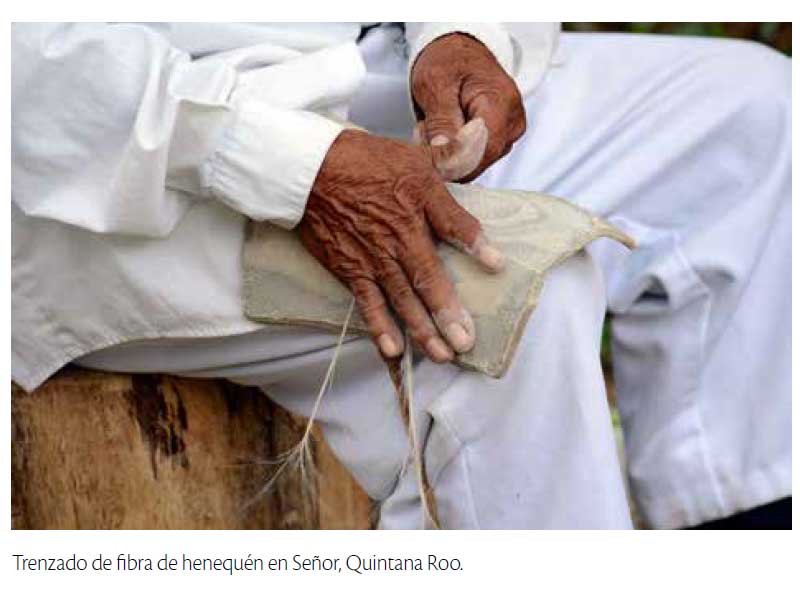Maya Ka’an tourist destination and productive projects in the Mayan area

With resources from an award given by the Whitley Fund for Nature Foundation, Amigos de Sian Ka'an began to implement a comprehensive strategy in the area of influence of the Biosphere Reserve for marketing the community's products in the Mayan area. In 2009, with support from the Multilateral Investment Fund of the Inter-American Development Bank (IDB), the project became part of a larger proposal: to create a new destination that integrated local ecotourism operators and production projects already initiated, under a regional scheme of promotion, marketing and sustainable development. In 2014, under the Tianguis Turístico México, the destination was formally presented as Maya Ka'an to the international community.
In 2009, Amigos de Sian Ka'an and U'yo'olché, together with the artisans, created Mayak'ab (Mayan Hands) cooperative, a platform dedicated to promote local brands exclusively on the market. Its function is to create product catalogs, be the link with customers, answer emails and phone calls, receive and coordinate purchase orders, manage bank accounts and billings. One of the most emblematic projects is Ulu’umil beh (Soil from the path), a group of women form the Chumpón community that was established in 2006 to produce dragon fruit, papaya and pineapple jams under the Pitahí brand. The group began meeting in 2005 with seventeen women, but the first steps encountered many obstacles, and the group was reduced to eight people. With the support of Amigos de Sian Ka'an and other organizations they were able to buy more equipment for the bottling plant and expand its sales channels, which are strong nowadays. Another local brand that integrated into the cooperative is Ak Kuxtal, mainly with wooden crafts and products from the Melitzaak hive.
In those years, the Amigos de Sian Ka'an team was thinking of giving a new momentum to the region so that communities could benefit from the high ecotourism potential they have. With the support of UNESCO through TNC, a trip to Costa Rica was organized with businessmen and landowners of Felipe Carrillo Puerto to get to know the example of a country that managed to make ecotourism an international attraction and a tool for conservation and development. This led to the dream of being able to locate the area of influence of the Sian Ka'an Biosphere Reserve in the stage of the great ecotourism destinations worldwide, and the dream began to take shape in 2009 with support from the IDB Multilateral Investment Fund. The project called "Diversification of the touristic offer in the Mayan Riviera based on the sustainable use of the attractions of the Sian Ka'an Biosphere Reserve" had included in this initiative, as one of its main objectives, the communities of the region.
Since 2009, they managed to give a boost to ecotourism operated by communities themselves inside and outside the Reserve through a regional strategy for development and sustainable tourism. Vicente Ferreyra, then Sustainable Tourism Director of Amigos de Sian Ka'an, explains that the project to create a tourist destination under the Maya Ka'an brand is an important component in training, local empowerment and teamwork; while it emphasizes the design of tools for the promotion and marketing of seventeen tourist centers that they are currently supporting. "One of the most important milestones, Vicente mentions, has been the establishment in 2013 of the Consultative Council as an advisory and consultative body. This allowed access to new financial incentives for agencies interested in supporting the proposal, and also led to the official launch of the Maya Ka'an brand in the 2014 Tianguis Turístico México, the largest fair in the country in this sector, and this marked one second important milestone".
Another key moment was the link with the Department of Tourism of the Secretariat of Environment and Natural Resources (SEMARNAT), which funded the diagnosis of twelve companies in the area for getting the NMX-133 certification for ecotourism. In 2014, seven companies in the region were certified, thus ensuring sustainability in their operations. Moreover, Maya Ka'an has its own sustainability criteria to be met by those who adhere to the brand. It is an innovative tourism model that seeks to reduce the pressure for development in Sian Ka'an while generating development opportunities for Mayan communities in the surroundings, based on the natural and cultural wealth they have. Doña Homobona Borges Dzul, president of the Ulu'umil beh group of women producers, says that at first there were many steps, time, money and many meetings without receiving any income, which discouraged some women who had been there from the beginning. Also "some of us decided to continue without incomes, and today we have the reward of having a job in our community and be with our families." This initiative has given Mayan women the courage to face gender issues and the freedom of having their own money. The change was very important, Doña Homobona says, "We have learned a lot and we like to support other groups. This consolidated work is never going to end; it will end when the world ends. Our grandchildren will see this company through the years", she says confidently.
According to Damián Gómez Xool, president of the Community Tourism Network of the Mayan Region, the most useful thing for communities is to have come out of the bubble, and become known at a national and international level with the launch of Maya Ka'an in the Tianguis Turístico México. To talk about ecotourism in a community is difficult, Damián accounts, "it is a task that we must constantly work on." "At first people are very jealous of their traditions, but they must be given time, and then communities begin to share their knowledge, tales, legends and stories. To grow as an entrepreneur is a new experience; it is about sustainable rural ecotourism".
The success of the Amigos de Sian Ka'an's productive and touristic strategies is based on not being isolated, but being an integral part of an institutional vision that encompasses the decree of and support to the management of protected areas, promotion of a network of private and social reserves, the creation of a payment mechanism for environmental services, promotion of wastewater treatment technologies, design of ecological planning programs, scientific research of natural resources and environmental education. Since the Reserve’s decree there are voices in the region expressing the view that the reserve is an obstacle to local development. "With Mayak'ab and Maya Ka'an we will demonstrate that the nature and culture of the Mayan area, and the presence of a World Heritage site, are the engines of a new model of development and environmental conservation," concludes Merediz. |
